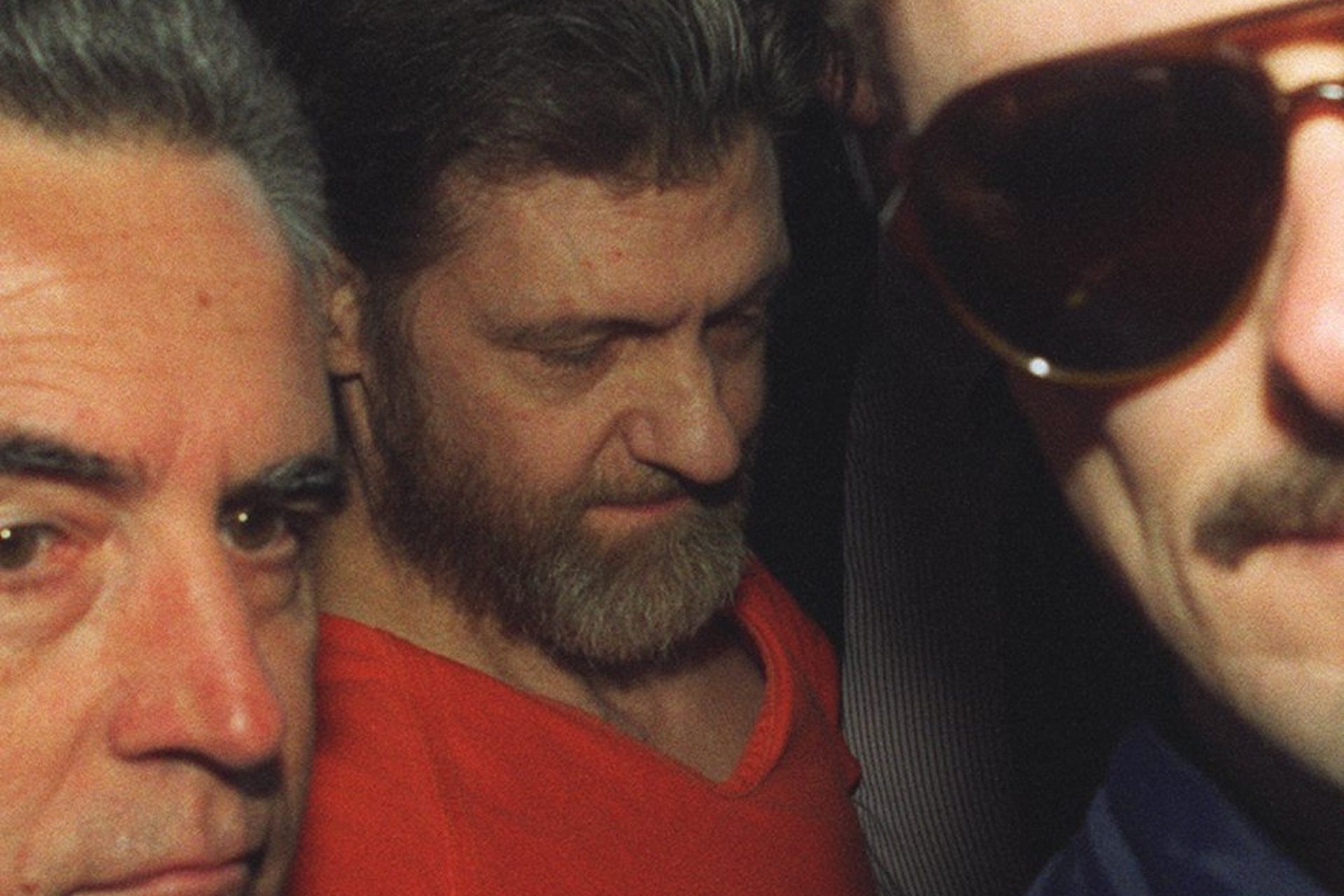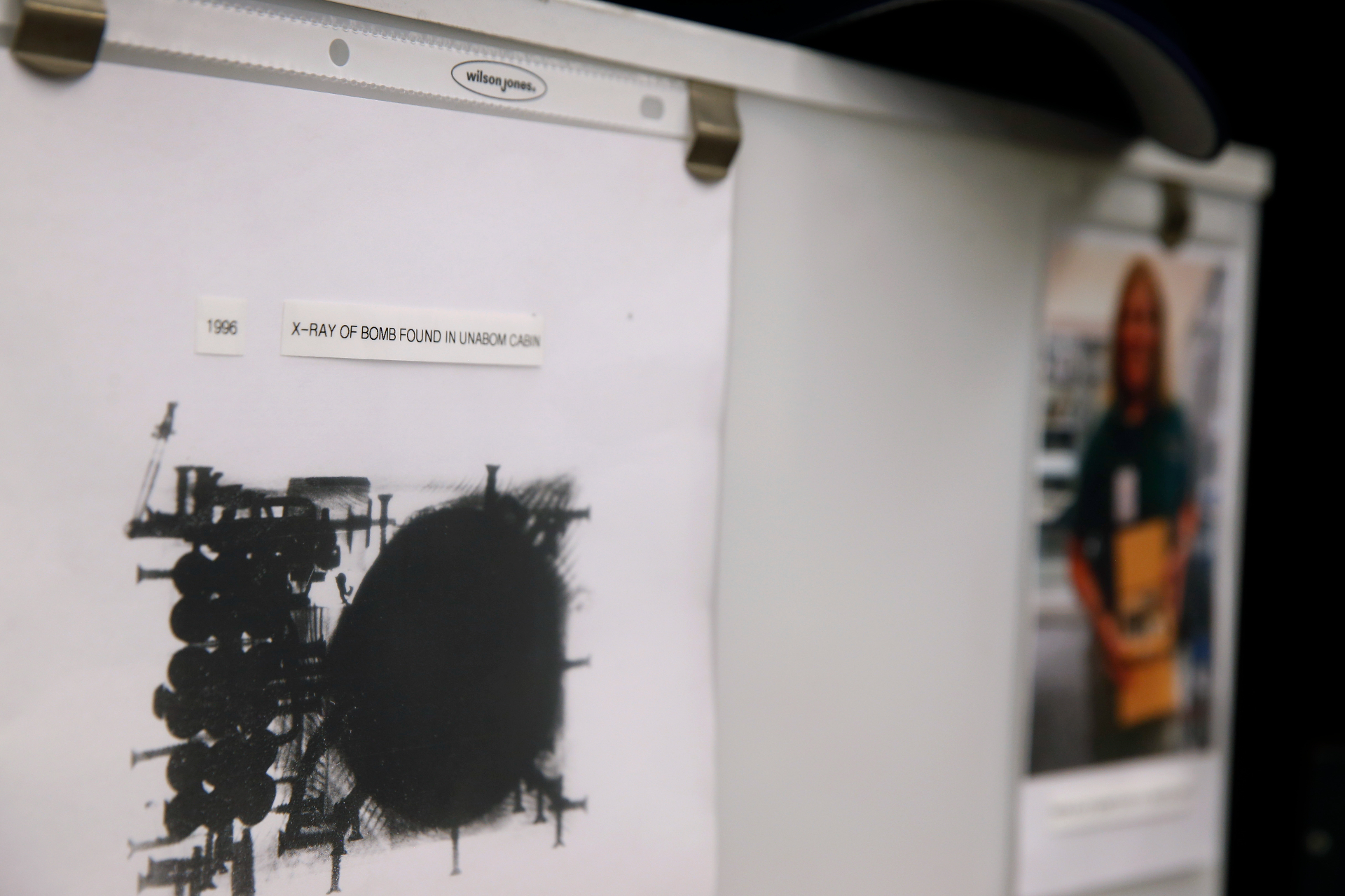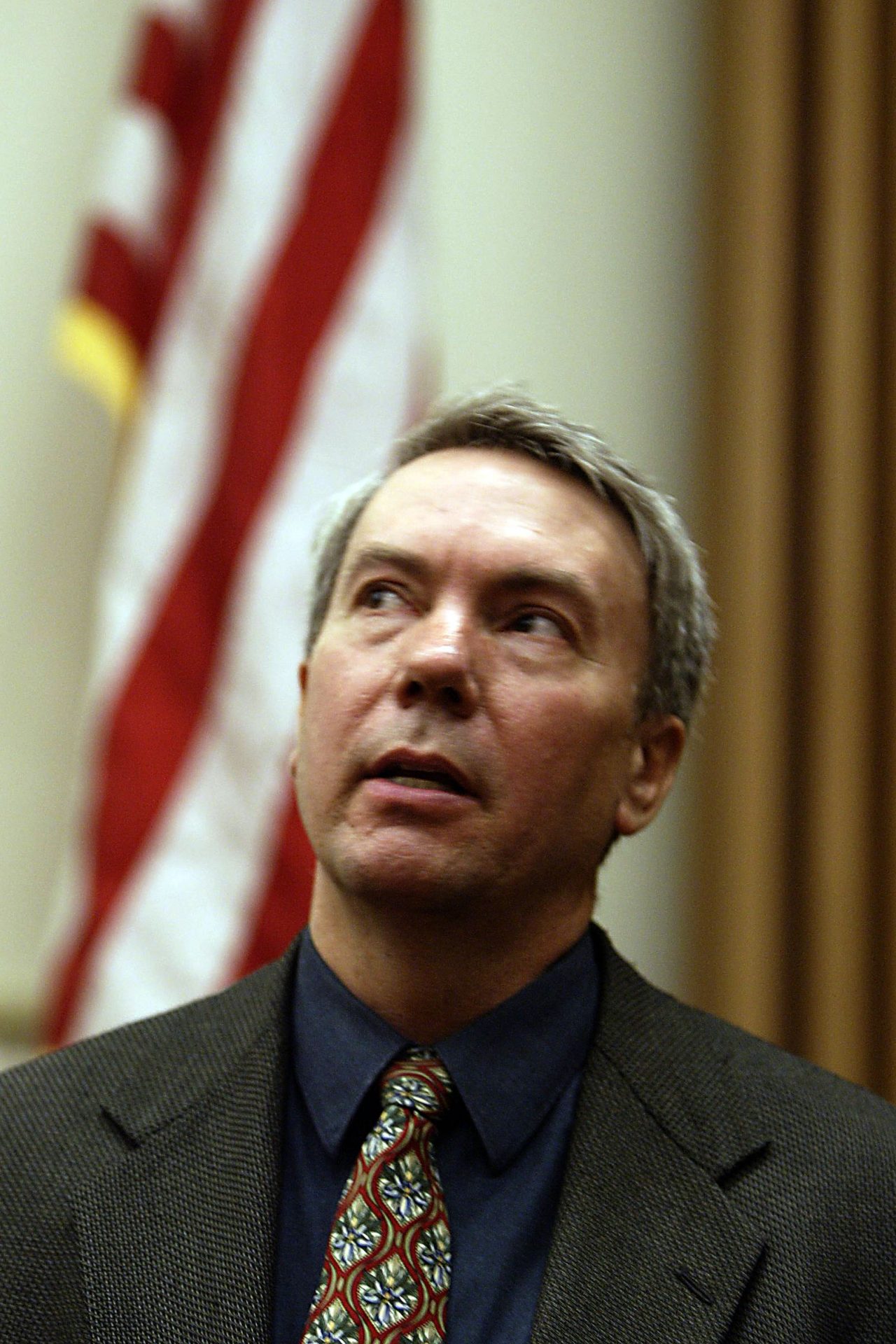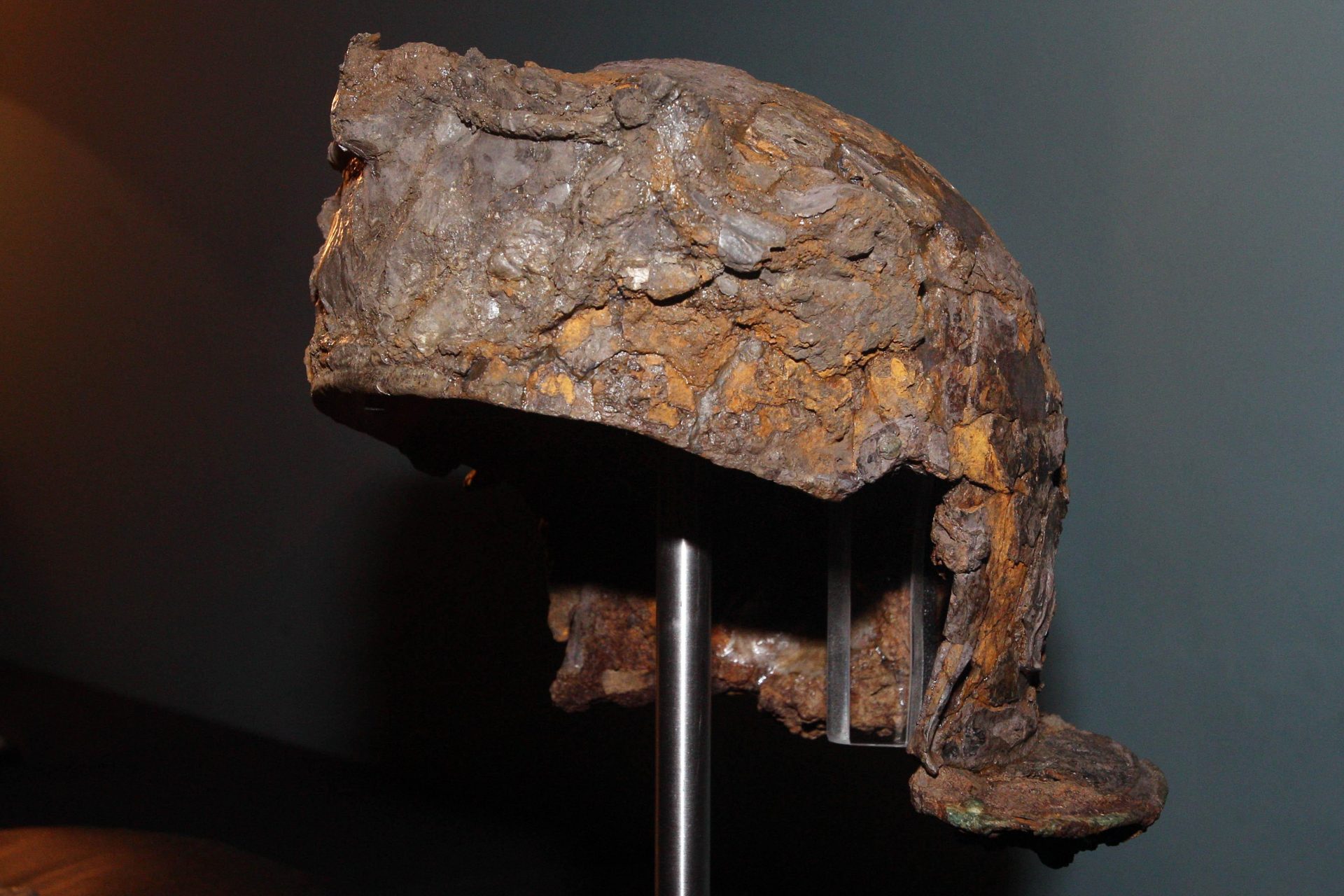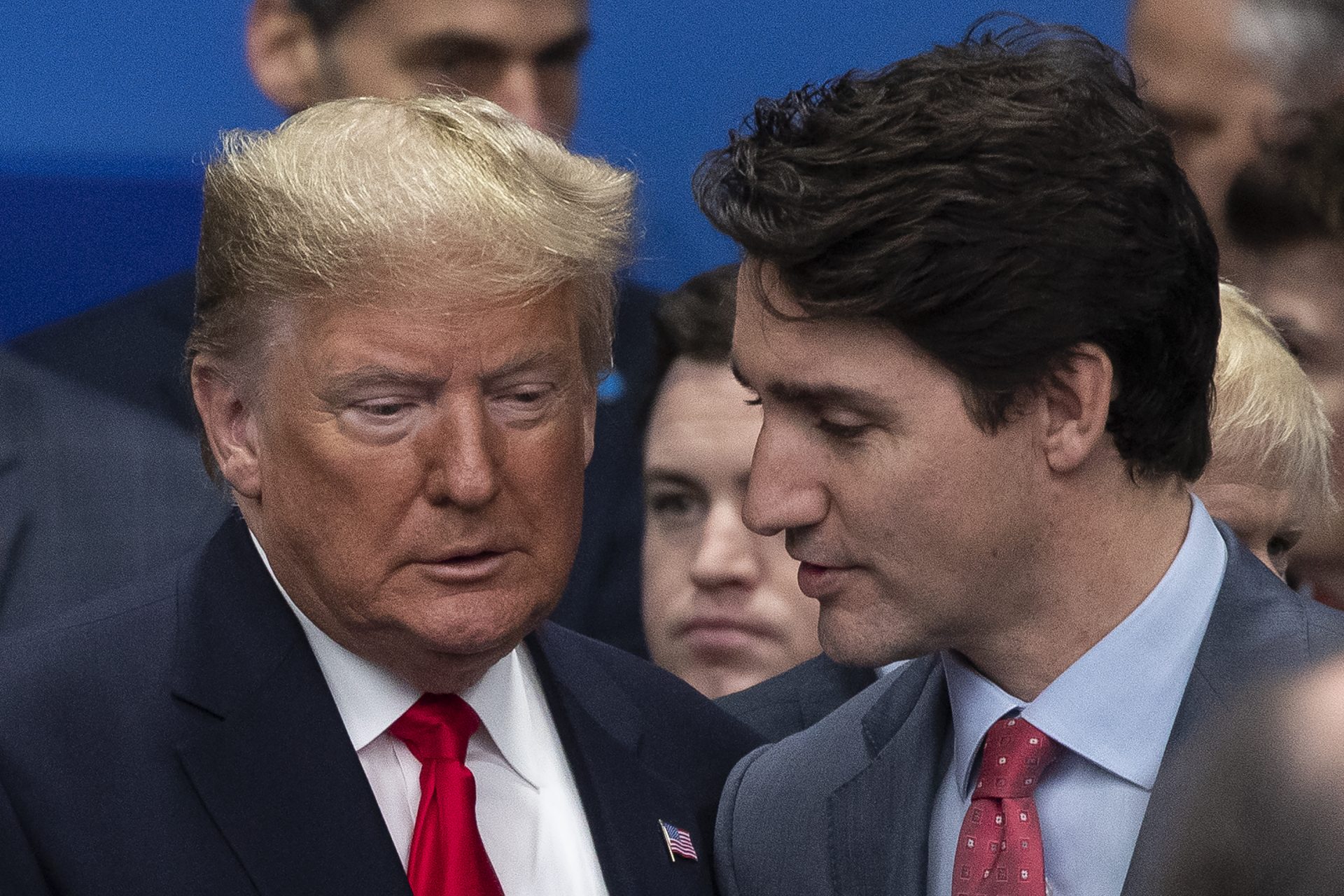The Unabomber: evil terrorist or tortured genius?
More than a year after his dead, Ted Kaczynski, the Unabomber, still grabs the attention of the internet and pop culture.
Mr. Kaczynski, a US domestic terrorist, died last year from self-inflicted wounds at 81 in prison. The criminal, who had terminal cancer, was responsible for the death of three people and the injuries of 23.
However, the vital question to ask when considering Mr. Kaczynski is how responsible is he for his actions and what was the role of his environment.
While he studied at Harvard, Mr. Kaczynski was a subject in a study reported to be part of the now questioned MK Ultra program, the psychological experiment pushed a group of volunteer students to the edge.
The MK Ultra experiments were funded by the CIA to develop a method to control minds, NPR explains. Part of the program was studying how to wipe the existing mind before inserting a new one.
Before the psychological experiment, he went through a regular evaluation Harvard mandates for freshmen. According to The Atlantic, his evaluator said he was “exceedingly stable, well integrated,” and “secure.” He said he would succeed in every endevour.
However, a few years after that, he caught a very promising academic career short, move to the woods to live in isolation and began his serial bombing.
It was not the first time Mr. Kaczynski had suffered psychological abuse. When he was a child, he skipped a grade. According to his court psychological evaluation, that was a pivotal moment in his life.
His teachers labeled him a genius child with an IQ of over 160, allowing him to skip the sixth grade. According to what Mr. Kaczynski told his psych evaluator, he was verbally abused and teased by the older kids. He entered Harvard at 16.
Mr. Kaczynski graduated from Harvard and began his postgraduate studies at Michigan University, where, according to the Seattle Times, his professors believed he was brilliant.
After earning his Ph.D., Kaczynski, then 25, accepted his short-lived position as an assistant professor at the University of California Berkley.
According to The Atlantic, he already knew he wanted to resign before starting: he was only saving for his plan to move into the wilderness of Montana and live off the land.
There, in a cabin he built, he started his bombings with a particular MO: he would send or hand deliver envelopes with homemade explosives that got increasingly powerful.
Ted Kaczynski attacked American Airlines Flight 444 from Chicago to Washington, DC. The explosion occurred midflight and hurt 12 people by smoke inhalation. He also injured the President of United Airlines in another attack.
The most common target for the Unabomber was universities. He placed at least nine bombs in six institutions in 15 years, between 1978 and 1993.
However, Kaczynski also targeted specific people or businesses, like computer stores. He sent explosives to an advertising executive that had worked with Exxon and a timber lobbyist.
Kaczynski carefully planned his bombings, targeting only those he considered to be advancing technology and destroying the environment.
He put all his anti-technological ideas in a 35,000-word manifesto titled "Industrial Society and Its Future," signed by the 'Freedom Club,' despite him being the only author.
According to the essay published by Penthouse and the Washington Post, Kaczynski claimed that industrialization had destroyed humanity and that technology destabilized society.
When he wrote his manifesto in 1995, Kaczynski sent a letter to the New York Times and the Washington Post demanding its publication. In exchange, he offered to stop the bombings.
According to the Associated Press, his was the most extended, costliest chase the FBI has conducted. He worked thoroughly to hide his identity and place misleading evidence in his bombings.
His brother David recognized his writing and ideas in his manifesto and tipped off the FBI. The agency finally arrested him in 1996.
His trial has become controversial over the years. According to The Atlantic and Kaczynski's recollection, his family and lawyers fabricated a narrative of mental illness to help him avoid the death penalty.
More for you
Top Stories





